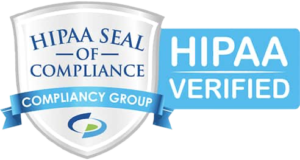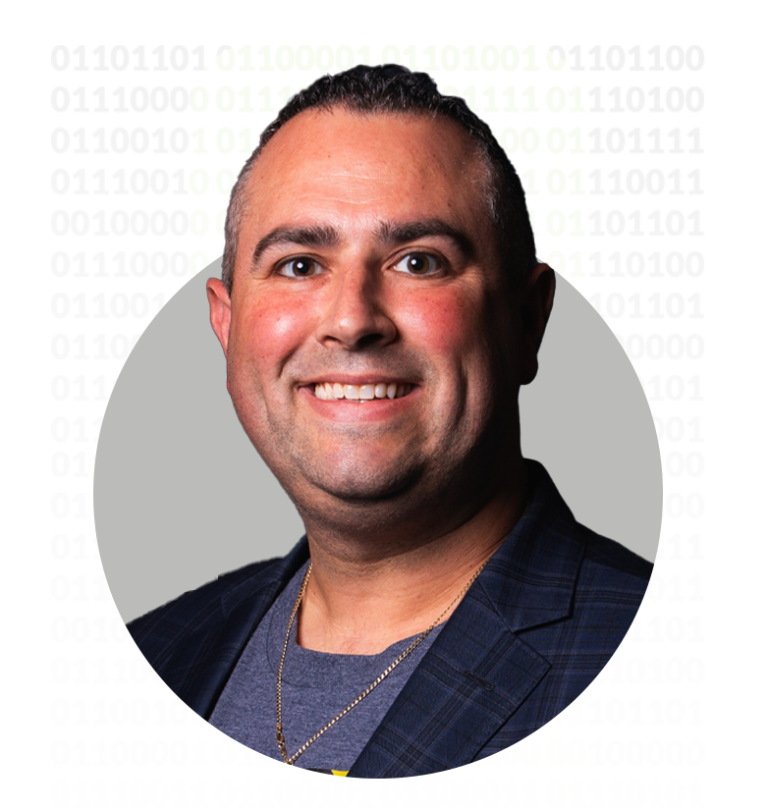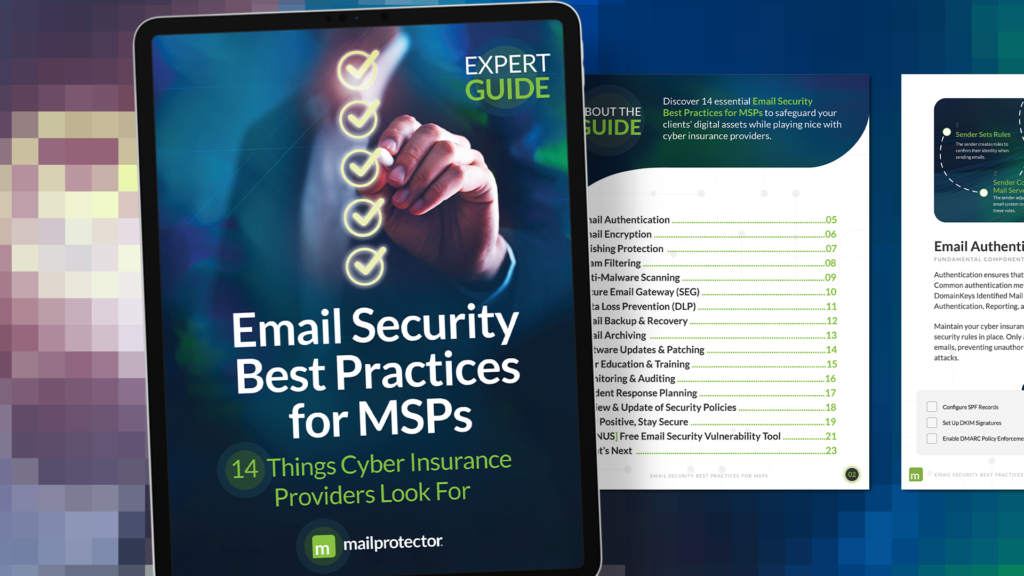Life can be complicated. Between the time we wake up in the morning and lay our heads down each night, a tremendous number of activities can take place. Not necessarily heavy labor like the manual farming and steel-making processes of a century ago, but a series of occasionally mind-numbing and sometimes complicated actions that make up a work day.
The latter describes life for many business professionals in 2018. Some have too much on their plate, while others lack organizational skills, or simply struggle to complete their daily list of tasks. The latter group often resists when asked to take on additional duties or tackle anything out of the norm.
End-user apathy and resistance are significant challenges for MSPs, especially related to cybersecurity best practices. Just think about the effort required to get a client’s employees to adopt more complicated and harder to crack passwords ‒ that process can be excruciating for providers under the best circumstances. Add in a few resistors or tech-naive workers and complete adoption can be a pipe dream for IT services providers.
It’s not Easy to Overcome Comfort and Attitude
End users usually mean no harm. Most put in a full day’s work and genuinely care about making their companies successful. The problem is that people, by nature, typically take the path of least resistance. If there’s an easier way to do something, most will take the shortcut.
Another problem MSPs often run into is overcoming end users’ bad habits and their inexperience with certain processes. Of course, good and bad attitudes also factor in changing worker routines, but the resistors are often less of a problem than the change itself.
When end users don’t see a reason for altering or adding steps in a process, their sense of urgency and interest in adopting the new methodology will be minimal or non-existent. Motivation closely correlates with company priority. Employees are less likely to implement new processes and typically offer more resistance when they don’t understand the reasoning behind an activity.
The best way to get end-user buy-in is to explain how any proposed changes will affect the financial or long-term viability of their company. Despite inferences that employees simply don’t care today, most understand the dynamics at play: when the business does well, more opportunities are likely to come their way.
Those “organization success” discussions aren’t normally part of an MSP’s responsibilities. However, IT professionals may find themselves in a position to lessen the pain involved in adopting new processes and the latest technologies. Effective training is essential but picking “easy to use” solutions is just as crucial and lowers the learning curve for your clients’ employees.
For MSPs, Simple Sells and Strengthens Adoption
When a process is easy, people will typically be more willing to do it. That’s not an earth-shattering revelation to anyone who has ever had to tackle a complicated procedure. The more instruction, research, and other steps required to complete the activity, the less likely it will succeed.
Security is the perfect example. Few ever adhere to an MSP’s password recommendations. Chances are, less than 10% would ever change their credentials every six months, let alone quarterly or monthly if they had to do it on their own. Reminders might help, perhaps raising the total to 25% or even 50% with their most conscientious clients.
Password management applications eliminate that problem ‒ or at least make it harder for end users to resist the change. Taking it out of their hands not only ensures compliance, but simplifies the process and improves employee satisfaction (when done well).
Email encryption can be just as easy. Did you ever try to explain how those solutions work to an end user? That process is cumbersome and confusing to those sending the messages as well as those on the receiving end. Both parties must effectively complete their assigned tasks before an encrypted email can successfully be delivered, opened, and read.
While compliance and rising concern over information security are driving more companies to adopt these technologies, that doesn’t lower the learning curve or eliminate push back. Employee resistance to these antiquated processes remains strong, especially among the SMB, according to many members of the MSP community.
The answer is, quite literally, simple. Deliver an easier encryption solution; one that simplifies the process for email generators as well as those who receive their messages. That’s why Mailprotector created Bracket. The development team listened to MSP partners’ concerns over the traditional email encryption process and the roadblocks preventing greater adoption ‒ and developed a solution that’s so easy anyone can do it.
Users can send an encrypted message from literally any email client using any device. After their MSP configures a client’s system, a relatively simple process in itself, the sender merely places brackets around the subject line and hits send. It’s an easy and highly secure way to send corporate and financial data, personal information, legal documents, and medical records.
Simple Drives Referrals and New Business Opportunities
Bracket’s simplicity lowers the learning curve for end users and recipients and reduces the time required to send and open messages. Don’t forget to emphasize that last part with your clients, as their customers and partners probably hate using standard email encryption methods, too, and that discussion could lead to new sales opportunities.
As an MSP, Bracket lets you be the hero, giving end users a highly secure yet easy to use solution that addresses their compliance and business critical communication needs.
Simplicity is that important in today’s business environment. The SMB needs easy to use solutions and security, and MSPs who bring that value proposition to the table are more likely to increase customer satisfaction and develop new revenue streams while boosting their margins.


















